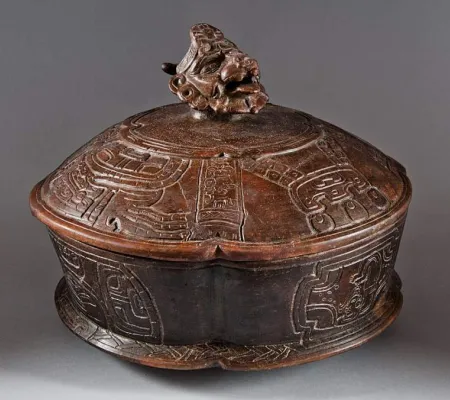This talk presents the development and historical context of the Early Classic palace, named El Diablo, at the Maya site of El Zotz, Guatemala. Archaeological investigations demonstrate that the El Diablo palace had five construction phases, all of them dating to the Early Classic period (A.D. 250-600). The earliest structures consisted of small platforms and temples, built on top of a hill. After the year A.D. 378, however, the architecture became increasingly monumental, decorated with modeled stucco sculpture, and focused on a particular location. The results of his doctoral research indicate that the motivations behind the crafting of a new landscape were prompted by the alliance between the sites of El Zotz and Tikal, after the arrival of Sihyaj K’ahk’ from outside the Maya area. The conquest of Tikal by this foreign warrior ushered in a period of relative peace across the central Petén region in ancient times. Research in this area, however, has implications also for the 21st century, as the Guatemalan government has established a new tourist route, intended to reinforce a nationalistic agenda, centered on the ancient historical event and the site of El Zotz.


